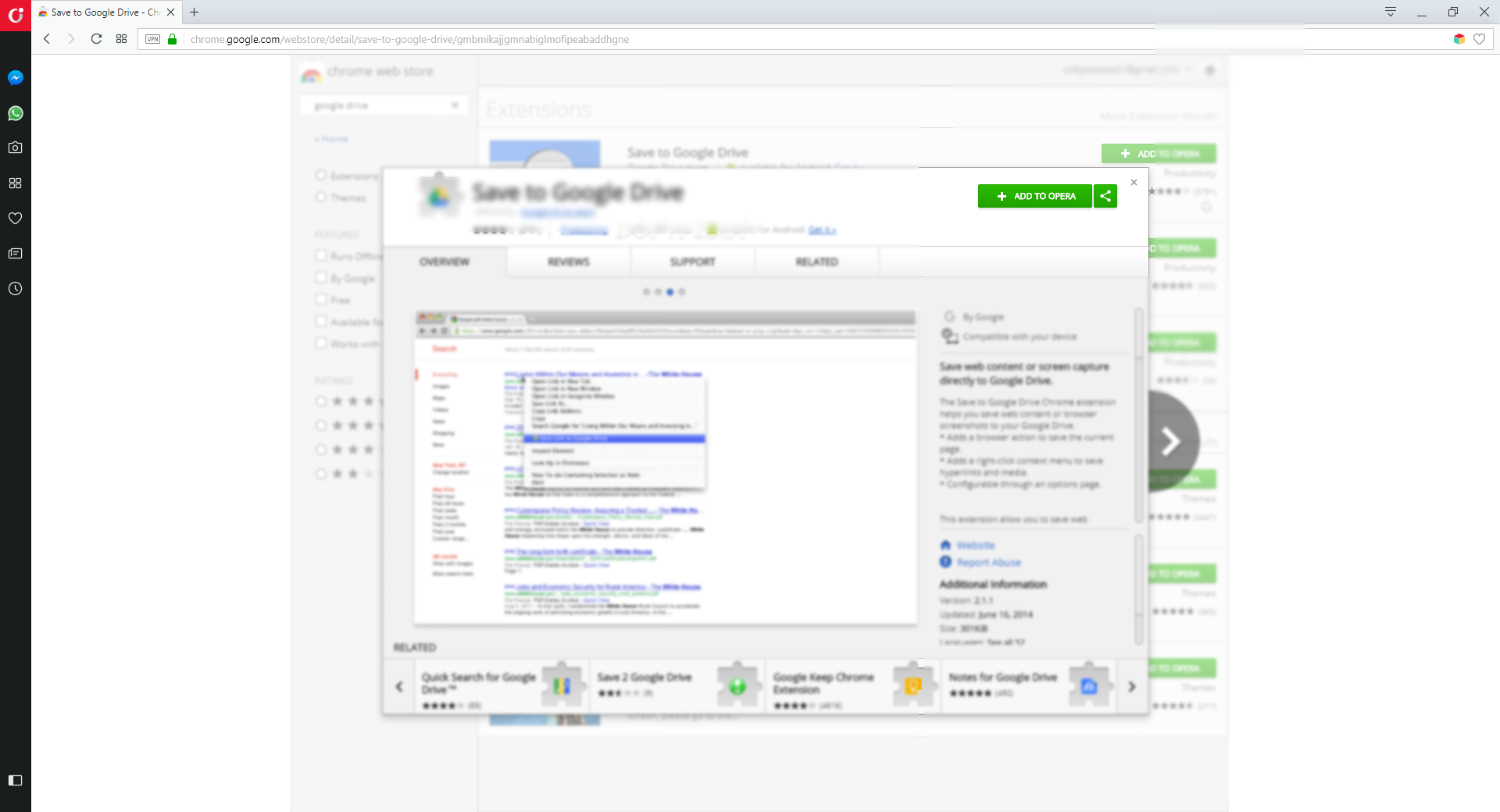

#Sophokeys windows code#
Small character sets were cost effective, reducing the number of dots and dashes, and therefore the time, needed to encode, transmit, and decode a message.Īs technology developed, new communication devices introduced more expansive code tables, ones that included lowercase letters, punctuation, and commands (such as "start new line" or "end of transmission"), but were frequently inconsistent with the code tables of other devices. All the earliest telegraph codes possessed a limited number of characters. International Morse Code, for instance, has only fifty-one characters: the twenty-six letters of the English alphabet (assumed to be uppercase), the ten digits, and fifteen signs of punctuation. The initial codes consisted of a limited set of characters. These code tables were the prototypes of the code tables used in computers. (The audio component-the clicks and clacks we associate with telegraphs-came later.) To interpret the message it was necessary that both sender and recipient use the same code, so the pulses could be converted to letters or numbers. As the voltage changed, either a pen wiggled across the paper, or a set of needles or stamps punctured or indented it, creating a visual pattern representing the message.

The earliest versions transmitted and received electronic pulses, which were transcribed onto long paper strips. To fully appreciate Unicode it helps to start with the telegraph. Suggestions for further reading can be found at the end of this guide. It is aimed at anyone new to Unicode or anyone working with non-Unicode fonts (Greek or not). This policy applies to the submission of text in any language, not simply polytonic Greek. This introductory guide explains, with particular reference to the Greek language, the development and architecture of Unicode, methods for working with Unicode, and related issues.
#Sophokeys windows software#
Overall, SophoKeys is an outstanding software that provides an efficient and user-friendly platform for writing Ancient Greek on Macintosh, making it a must-have tool for modern publishing.All authors publishing with Dumbarton Oaks must submit text that is Unicode compliant. Additionally, it has added smart single quotes to regular and Caps layouts, making typing even easier. This latest release of SophoKeys introduces the Caps layout for standard shift-based (non-asterisk) entry of capital letters. It also supports most archaic characters, all punctuation marks, and all TLG Beta Code quotation marks and parentheses.

SophoKeys Polytonic Greek has several key features, including lower and upper case characters, all accents, subscripts, breathing marks, Macron, breve, and dieresis marks. You can easily access all common breathings, accents and other marks with a single keystroke and vowel deadkeys, allowing you to type accents after letters. Moreover, SophoKeys provides live-updated cues as you type, making it easy to detect errors immediately.Īlternatively, SophoKeys also comes with an Express layout, which enables rapid text entry. You can simply type in the Beta Code and watch the properly marked text appear on the screen. It efficiently utilizes the well-known Beta Code of Thesaurus Linguae Graecae for producing platform-independent Unicode output, making it an excellent tool for modern publishing.Ĭreating complex documents is easy with the software, as it requires no deadkeys or modifiers except shift. SophoKeys is a modern software that provides a user-friendly and standardized method for writing Ancient Greek on Macintosh.


 0 kommentar(er)
0 kommentar(er)
